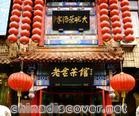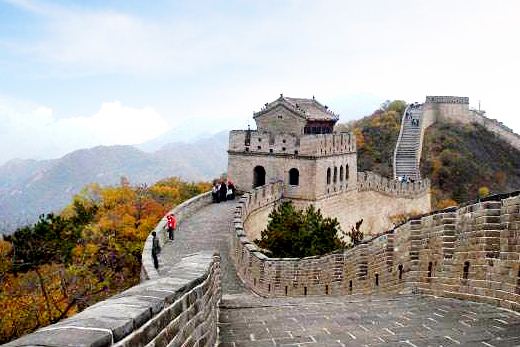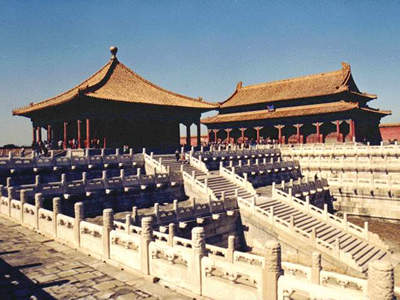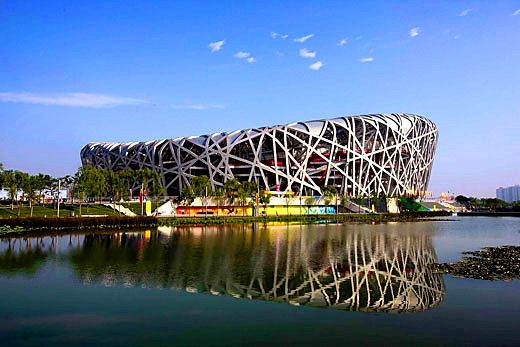 Teahouse are almost as old as tea production in China, and form an integral part of China's unique tea culture. Teahouses appeared throughout urban and rural China as early as the Tang Dynasty (618-907). During the Qing Dynasty, going to the teahouse was very common practice. Some teahouses were large and luxurious, while others were small and simple.
Teahouse are almost as old as tea production in China, and form an integral part of China's unique tea culture. Teahouses appeared throughout urban and rural China as early as the Tang Dynasty (618-907). During the Qing Dynasty, going to the teahouse was very common practice. Some teahouses were large and luxurious, while others were small and simple.
Storytellers and folk singers were often hired to enliven the atmosphere. With constant warfare during the late Ming (1368-1644) and early Qing (1644-1911) dynasties, teahouse culture declined.
After Liberation in 1949, particularly during the "cultural revolution" (1966-1976), teahouses were labeled "remnants of feudalism" and discarded completely.
Today there is a Laoshe Teahouse in the busy shopping area to the west of the Qianmen Gate Arrow Tower on the southern edge of Tian'anmen Square. The teahouse is named after famous Chinese novelist and playwright, Lao She, and his masterpiece drama, Teahouse. It opened for business in 1988 as the first teahouse in new Beijing, marking the rejuvenation of the teahouse culture of old Beijing.
The predecessor of the teahouse, the Youth Tea Society, was an open-air tea stand. In 1979, the number of unemployed youth in Beijing suddenly increased to 400,000, mostly comprising those "educated youth" who had returned from the countryside. Their employment was a tough problem.
At that time there was hardly anywhere for tourists and shoppers to stop for a cup of tea and a rest in Beijing, particularly around crowded public sites like Tian'anmen Square and the Qianmen shopping area. Yin Shengxi, then a government worker at the Dazhalan Sub-district Office of Xuanwu District, came up with the idea of these unemployed young people selling tea around Qianmen, thereby earning a living and providing a public service. He quit his government post and led a number of jobless youths in establishing the Youth Tea Society with a loan of a few thousand yuan. The tea stand created a sensation and business boomed immediately.
One day two foreigners chatted with Yin Shengxi as they drank a cup of tea at the stand. "Does any place else sell tea?" one of them asked. "Where was the teahouse described by Lao She in his play, Teahouse?" As Yin explained, an idea to establish a teahouse in the name of Lao She came to him.
In the late 1980s, Western influence started to prevail in Beijing, with pop music and disco dominating the public entertainment market, leaving little space for traditional Chinese performing art. At this time, Yin put forth the idea of "rejuvenating Chinese tea culture and performing folk art." With support from various sides, the Laoshe Teahouse went into operation. The teahouse is decorated and furnished in the late Qing Dynasty style, with dozens of old-style tables in the hall and a stage beyond. Palace lanterns hang from the ceiling, and scrolled traditional Chinese paintings and calligraphy works from the walls.
An electronic display over the stage subtitles the show in Chinese, English and Japanese. Customers sip tea from their covered fine porcelain tea cups and taste imperial and local style snacks as they savor folk performances and the leisure moments of old Beijingers.


 About Beijing
About Beijing 


